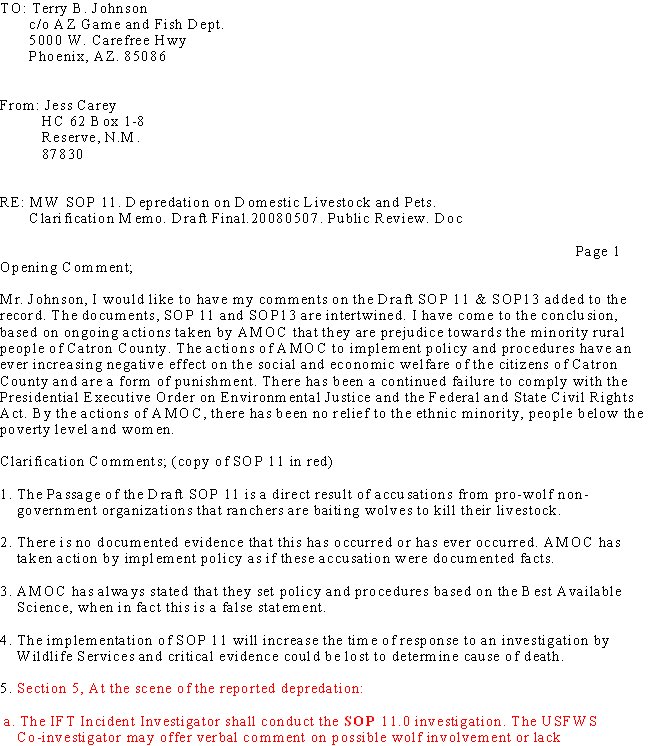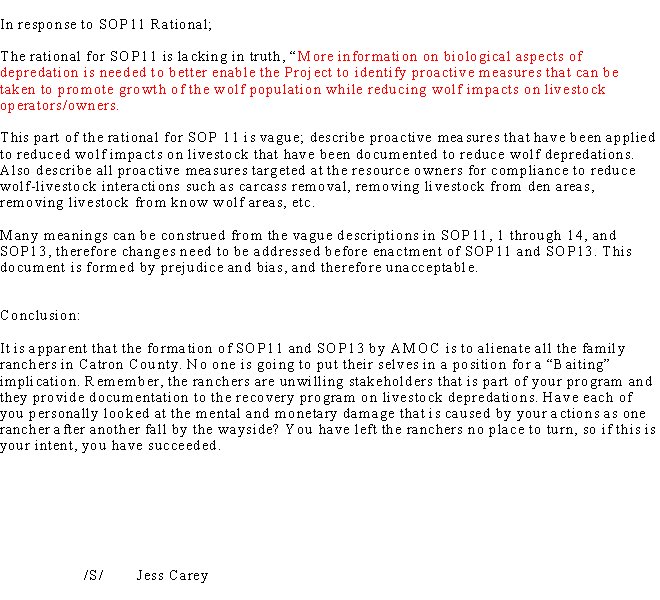
Subject: U.S. opts not to plan for jaguar recovery
U.S. opts not to plan for jaguar recovery
By Dan Sorenson
Arizona daily star Tucson, Arizona | Published: 01.18.2008
There will be no recovery plan, at least not one with teeth, for the rarest of the wild animals native to Arizona — the largest and rarest cat species of North America — the jaguar.
The Center for Biological Diversity, a conservation group that has pushed for an official plan to set goals and spell out and enforce efforts to save the big cats, portrays the move as a concession to the Bush administration's border-fence project.
But a spokeswoman for the U.S. Fish and Wildlife Service's Southwestern Region maintains that a formal plan wouldn't help the big cats, and the lack of one won't damage the federal agency's ongoing support of less-official efforts to protect the jaguar.
The official stand against a recovery plan was spelled out in a Jan. 7 memo signed by the agency's director, Dale Hall.
The jaguar was put on the federal endangered-species list in 1997. By some accounts, it once ranged as far west and north as the Monterey Bay coast and east to the Appalachian Mountains.
But it has rarely been seen in recent decades, and then only barely north of the U.S.-Mexico border, usually in Arizona or New Mexico. Since it was listed as endangered, only four jaguars — all males — have been confirmed alive in Arizona. And those were thought to be border crossers from a dwindling, but larger, population in northern Mexico. Populations of jaguars are known to exist throughout Mexico and into Central and South America, but they are thought to be under pressure from human development throughout their range.
The decision not to create an official recovery plan doesn't change anything about the protection afforded the jaguar, said Elizabeth Slown, spokeswoman for the federal agency's Southwestern Region headquarters in Albuquerque.
"What we said is that … doing a recovery plan for the jaguar doesn't advance conservation for the jaguar," Slown said.
"We'd rather put our efforts into on-the-ground efforts: participating in the Jaguar Conservation Team led by (the state of) Arizona, continuing to fund research we do throughout Central America," she said.
"The jaguar is still under (the protection of) the ESA; it doesn't affect that at all," Slown said, referring to the Endangered Species Act.
"Instead of a 200-some-page recovery plan," Slown said, "let's help the countries where the jaguar can survive and help the Jaguar Conservation Team."
The agency's argument that a plan is inappropriate because only a few jaguars exist in the United States is flawed, based on its own history, said Kievan Suckling, policy director for the Center for Biological Diversity.
He said a federal recovery plan re-established populations of the Mexican gray wolf in the U.S. when none had been living here. Captive wolves from Mexico were bred and their offspring released in the United States.
Climate change may make protection of jaguar migration corridors and U.S. habitat even more important as jaguars and other large mammals are pushed north, Suckling said, citing a report by the American Society of Mammalogists.
Although exact effects of climate change on large mammals cannot be predicted, large mammals are vulnerable, particularly when they try to move and come in conflict with humans and development, said Joseph Cook, society member and University of New Mexico mammalogist.
"Climate change is not affecting the planet equally," Cook said. "It's not just a general blanket that everything is going to get warmer.
"But we do know that things are happening, and the federal agency that is responsible for this organism should be taking a closer look" at the implications of the border fence.
He said the fence will be particularly obstructive for large mammals that try to avoid humans, such as black bears, mountain lions and jaguars.
Cook said the agency's position amounts to the United States "washing its hands" of the jaguar and could have a negative effect on jaguar populations outside the United States.
He said Mexico and countries in Central and South America have copied the U.S. National Parks system and U.S. conservation efforts.
"This is a very international species, and the U.S. should be taking a lead role in recovering it. A lot of developing countries look to the U.S. as a model for how you develop conservation programs," Cook said.
"Fish and Wildlife has a long history of helping these countries develop conservation programs. (But) in the last seven years, in my view, there has been pressure on Fish and Wildlife to not take a lead on conservation issues."
Cook also said a recovery plan increasing jaguar populations could have economic implications. He said he frequently works in Alaska and many visitors are attracted to the state by the presence of large mammals, particularly top predators.
? Contact reporter Dan Sorenson at 573-4185 or at dsorenson@azstarnet.com.
Posts and Comments from Readers
Please include yourself in the discussion. Post a comment.
Friday, January 18, 2008
U.S. opts not to plan for jaguar recovery
Subscribe to:
Post Comments (Atom)



















.jpg)


















No comments:
Post a Comment